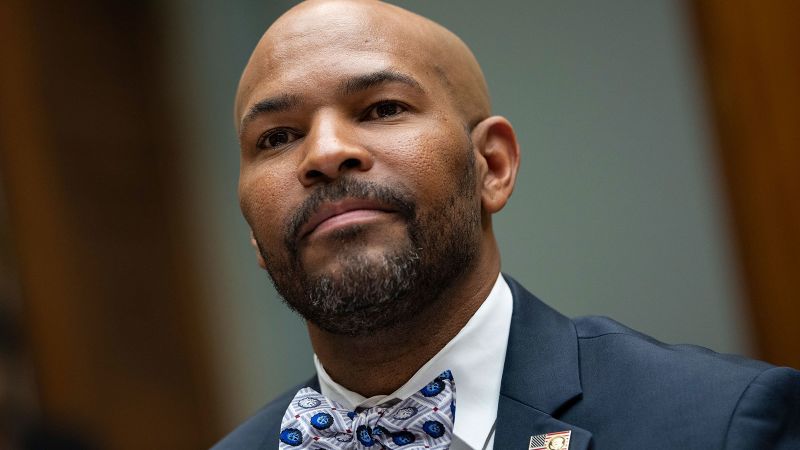Herd Immunity: The US Experience – A Complex and Evolving Story
The concept of herd immunity has been central to public health discussions, particularly during the COVID-19 pandemic. But achieving herd immunity, especially in a country as vast and diverse as the United States, proved to be a far more complex undertaking than initially anticipated. This article explores the US experience with herd immunity, examining the factors that influenced its trajectory and the ongoing implications.
What is Herd Immunity?
Herd immunity, also known as community immunity, occurs when a significant portion of a population becomes immune to an infectious disease, making the spread of the disease unlikely. This immunity can be achieved through natural infection or vaccination. The percentage of the population needing immunity to achieve herd immunity varies depending on the disease's transmissibility. For highly contagious diseases like measles, a very high percentage is required, while less contagious diseases may require a lower threshold.
The Challenges in Achieving Herd Immunity in the US
The US faced numerous challenges in achieving herd immunity against COVID-19, including:
- Vaccine Hesitancy: Significant vaccine hesitancy, fueled by misinformation and mistrust in public health institutions, hampered vaccination efforts. This varied across different demographics and geographic regions.
- Political Polarization: The pandemic became highly politicized, with differing viewpoints on the virus's severity and the effectiveness of preventative measures, including vaccination. This polarization further fueled vaccine hesitancy and hindered unified public health messaging.
- Inequitable Access to Healthcare: Disparities in healthcare access and resources resulted in unequal vaccine distribution and uptake, particularly impacting marginalized communities.
- Virus Variants: The emergence of new, more transmissible variants, like Delta and Omicron, complicated efforts to achieve herd immunity, as they could evade some levels of immunity gained through previous infection or vaccination.
- Shifting Scientific Understanding: The constantly evolving scientific understanding of the virus and its transmission contributed to public confusion and uncertainty, making it challenging to maintain consistent public health strategies.
The Role of Vaccination in the US Herd Immunity Strategy
Vaccination was, and remains, the cornerstone of the US strategy to achieve a level of herd immunity against COVID-19. The rapid development and deployment of effective vaccines were remarkable achievements. However, the challenges mentioned above significantly impacted vaccination rates and the overall success of this strategy.
Beyond COVID-19: Lessons Learned and Future Implications
The US experience with herd immunity during the COVID-19 pandemic offers valuable lessons for future public health crises. These include:
- The critical need for clear, consistent, and transparent communication: Effective public health messaging is essential in building trust and combating misinformation.
- Addressing health inequities: Ensuring equitable access to healthcare and vaccination is crucial for protecting vulnerable populations.
- Building strong community partnerships: Collaboration between public health agencies, healthcare providers, and community leaders is critical for effective public health interventions.
- Investing in robust surveillance systems: Early detection and monitoring of emerging infectious diseases are essential for effective response.
The pursuit of herd immunity is an ongoing process. While complete herd immunity may be difficult to achieve for some diseases, a high level of population immunity significantly reduces the risk of widespread outbreaks. The US experience with COVID-19 highlights the complexities involved and the importance of a multifaceted approach that prioritizes vaccination, public health education, and addressing social determinants of health.
Conclusion: A Path Forward
The US journey towards herd immunity during the COVID-19 pandemic has been a complex and evolving story. While complete herd immunity might remain elusive, the lessons learned from this experience are invaluable for strengthening public health infrastructure and preparedness for future challenges. Continued vigilance, adaptation, and a commitment to equity remain crucial for mitigating the impact of infectious diseases in the future. Stay informed about updated guidance from reputable sources like the CDC and WHO.
Keywords: Herd immunity, COVID-19, United States, vaccination, vaccine hesitancy, public health, pandemic, community immunity, virus variants, healthcare equity, immunization.
